Igualada, corazón de la industria textil catalana
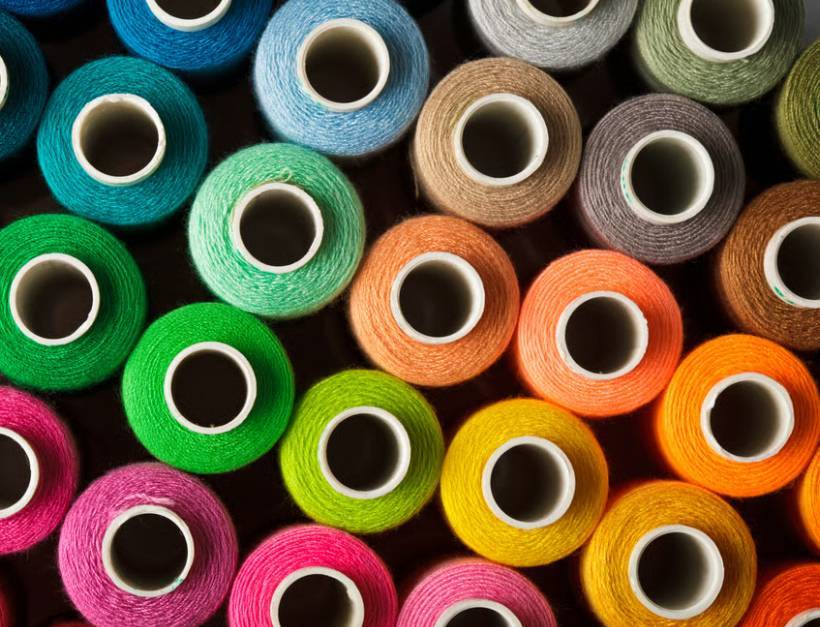
A land of textile legacy and innovation
When we talk about locally made fashion, rooted in craft and community, we have to mention Igualada—a Catalan city steeped in textile history. From ancient wool artisans to today’s innovative workshops, the textile industry of Igualada has evolved while keeping craftsmanship and quality alive.
At Instinto, we’ve been working with suppliers from this region since the 1990s, and we’re proud to support their essential role in the Catalan textile production network. Among repurposed factories, cooperatives, designers, and workshops, there is still a strong commitment to detail, quality, and fair working conditions.
A city with deep textile roots
Igualada’s relationship with textiles dates back centuries. By the 18th century, it was already known for its wool and cotton production. The 19th century brought industrial growth, driven by the Anoia River’s water power and a network of family-run businesses. Today, historical sites like the Adoberia Vella and Cal Boyer have become cultural landmarks, preserving the city’s industrial past .
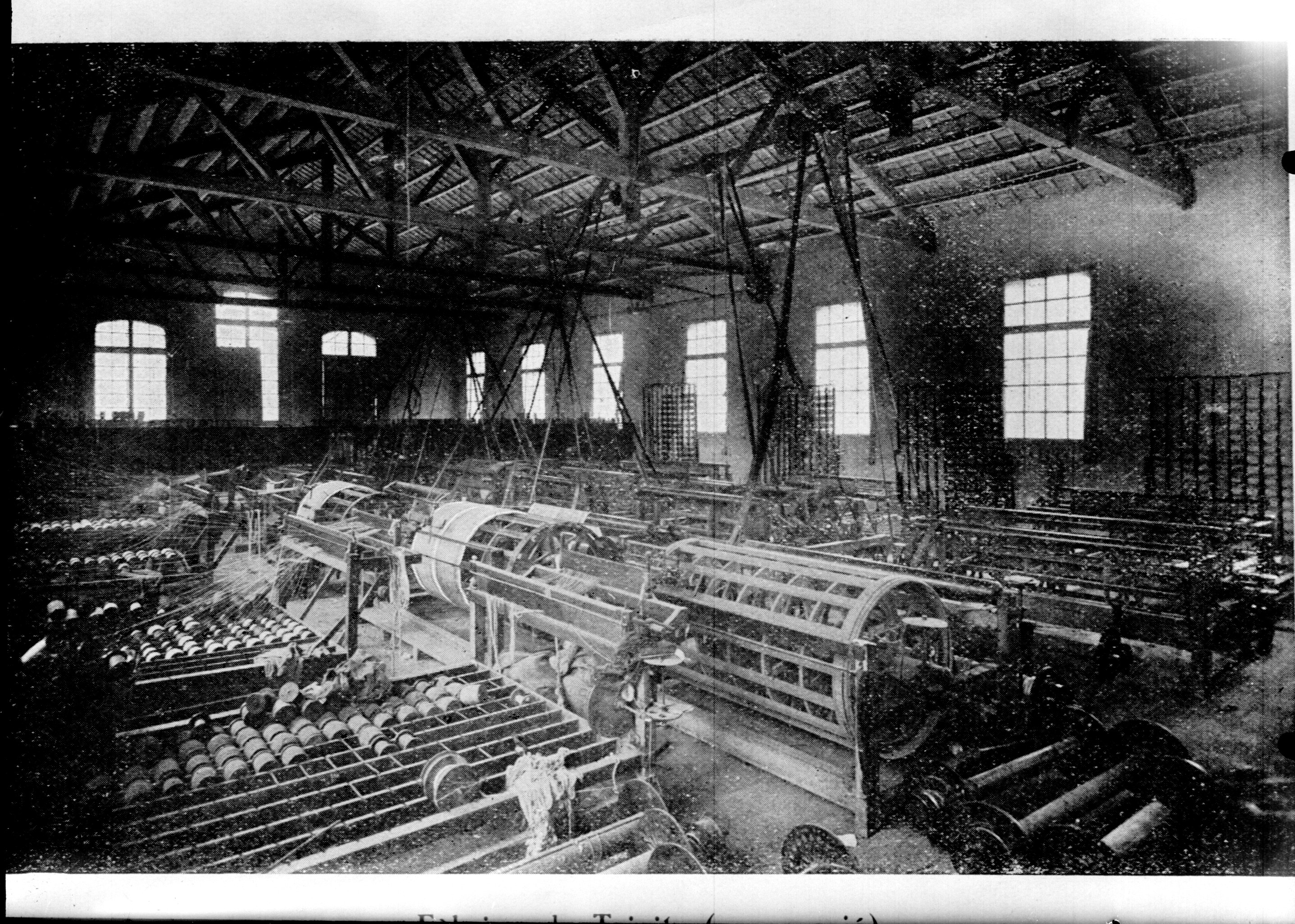
A story of craftsmanship, change, and cooperation
The Rec District was a hub for tanners, bleachers, and textile artisans for centuries. Projects like Cal Granotes show how tradition can evolve into culture. Despite facing crisis during the 20th century—when over 60% of the region’s textile factories shut down between 1970 and 1990—Igualada adapted. Some businesses embraced innovation and sustainability, while others, like cooperatives and family-run workshops, changed their practices to survive. Like them, Instinto has grown and evolved alongside this resilient sector.
The women of the textile industry: strength and transformation
Throughout the decades, women played a fundamental role in Igualada’s textile production. Working in weaving rooms, laundries, and sewing workshops—often in precarious conditions—they also led the fight for workers' rights. As early as 1881, female textile workers organized a historic strike. During the Franco regime and Spain’s democratic transition, they continued to demand better conditions. The Arxiu Comarcal de l’Anoia preserves oral histories of these women’s struggles.
"It wasn’t just about the pay. It was about how we were treated. We wanted to be heard." — Testimony collected by the Arxiu Comarcal de l’Anoia.
Education, innovation, and future
Today, Igualada blends its legacy with modern creativity. Spaces like the Igualada Fashion Lab and events such as TextilFest bring together professionals, designers, and the community around a shared vision for the textile arts .
Why we work with local textile makers
- Because we know who’s behind each garment: human connection, craft, and care.
- Because we value quality and consistency: Catalan textiles speak for themselves.
- Because we support a fair, sustainable way of creating fashion.
A future rooted in the past
Igualada is more than its history—it’s a vibrant hub for circular economy, design, and textile innovation. Circular economy means reducing waste and maximizing the lifespan of materials. One example is the former Depunt factory, now transformed into a cooperative living space while preserving industrial features. Other spaces like Cal Boyer and Cal Granotes are cultural centers today. Igualada is a living example of how the past can inspire a more ethical and creative future.
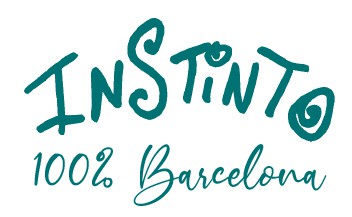
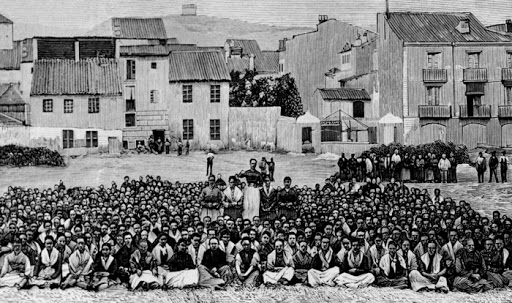
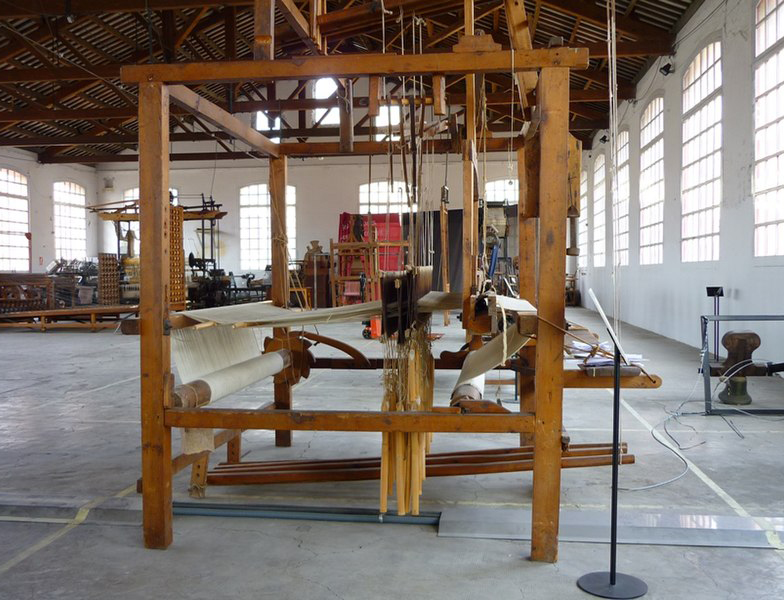
Comments
No comment at this time!
Leave your comment